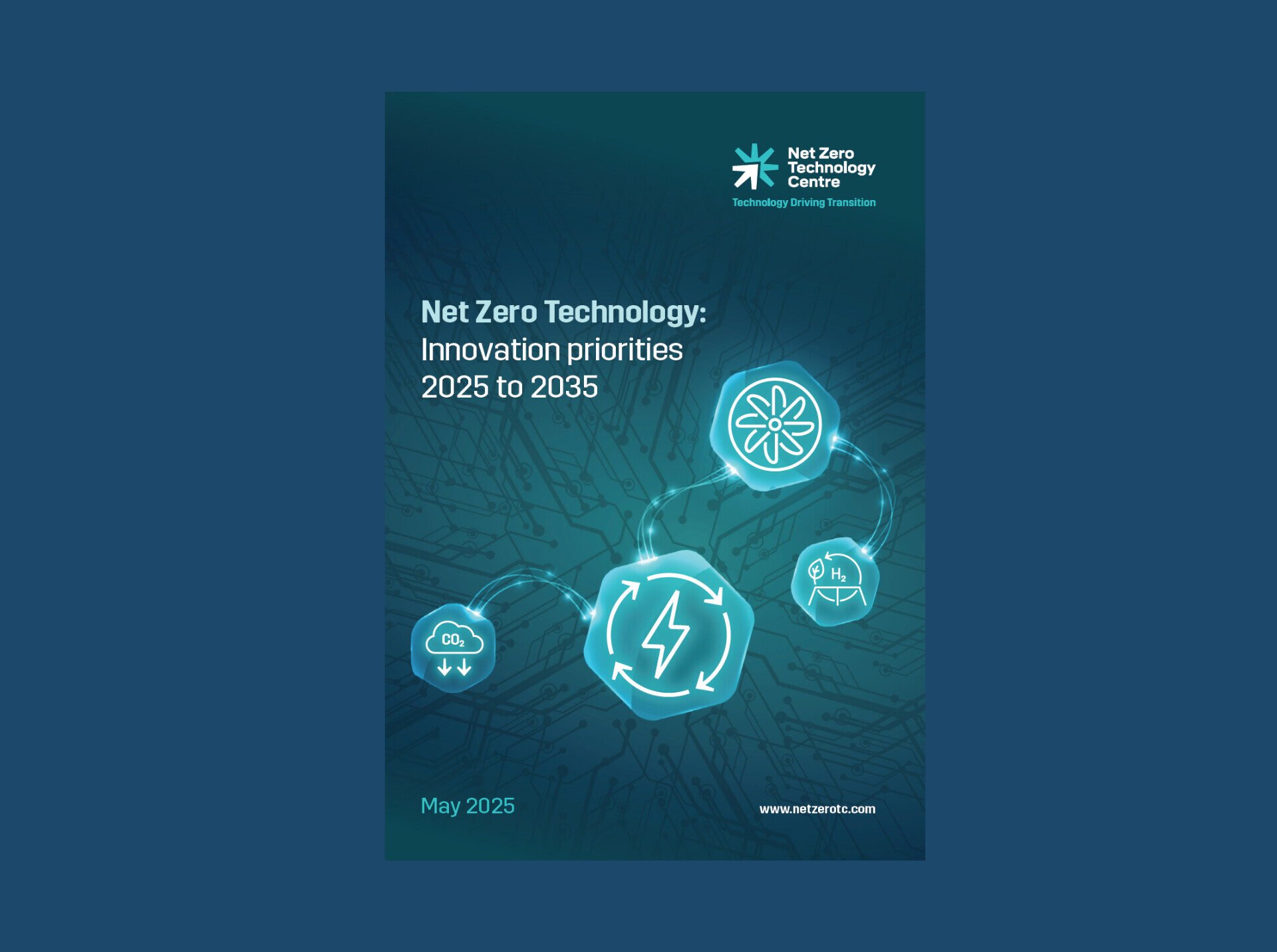
UK Energy Sector Digital Adoption: A Local and Global Comparison


Top 10 barriers to digitalisation
The UK’s industrial energy sector faces several challenges in achieving comprehensive digital transformation, including issues related to data interoperability, skills development and regulatory clarity. Addressing these obstacles could expedite the energy transition necessary to meet net-zero objectives. Progress remains hindered by fragmented approaches and insufficient collaboration between stakeholders, coupled with a lack of scalable mechanisms to promote digital adoption.
To overcome these obstacles, the energy sector must focus on developing clear strategies, fostering collaboration and enhancing skills and infrastructure to fully realise the benefits of digital transformation.
Resistance to change
A major hurdle for both laggards and leaders. Energy companies manage hazardous systems, balancing innovation with risk minimisation. Job security and the perceived digital threat to jobs leads to resistance to digitalisation and new ways of working. Organisations are not incentivised to use pioneering methods to solve problems, and the risk-averse nature of energy compounds the hesitancy to invest.
Cybersecurity risks
Many assets have immature connectivity and data architecture, insufficient for many digital solutions. Moving to cloud-based systems and
deployment of connected devices substantially increases exposure cybersecurity risks. Protecting critical energy infrastructure from cyberattacks represents a significant challenge that requires ongoing investment and expertise.
Lack of data sharing
Historically, data use in the UK energy sector has been constrained by fragmentation, with information collected and held by multiple stakeholders with limited sharing between them. This fragmentation creates inefficiencies and prevents the development of system-wide digital solutions.
Cost/benefit
Digital innovators and companies face high investment costs, regulatory hurdles, and limited access to infrastructure and technology. Without clear guidelines or financial support, they hesitate to enter energy markets. Few assets are designed for digital technology, making retrofitting expensive. Unclear problem statements and lack of use cases lead to weak business cases for investment. Organisations facing technology validation challenges can leverage NZTC’s Technology Problem Solving services, which tackle complex technology and industry challenges by identifying root causes, validating practical solutions and accelerating adoption through expert-led, proven frameworks.
Lack of digital skills
There is a lack of digital skilled workers working towards decarbonisation of the energy. Approximately 40% of businesses within the energy sector report difficulties hiring skilled professionals in data science, cybersecurity, artificial intelligence, and system integration. This can significantly impede progress in digital adoption as organisations struggle to implement and maintain sophisticated digital systems.
Lack of a digital strategy
It is difficult to maintain safe and secure innovation alongside rapid innovation cycles. There is also disparity between operators for their R&D capabilities due to their varying size and portfolio of assets. This often leads to procuring off-the-shelf solutions that may be inflexible to operator’s needs and is costly. Without a strategy and clear business priorities, digital technologies can fail to deliver.
Data quality/management and maturity
Data silos are prominent within the industry,
reducing data accessibility for analytics. A critical challenge identified in multiple studies is the lag in data maturity within the energy sector. Many organisations have not developed comprehensive data strategies or governance frameworks, limiting their ability to leverage digital technologies effectively.
Lack of standards
Many energy assets are old and are not designed for digital. They do not have the required connectivity and data architecture for digital solutions. The lack of regulations and incentives discourages operators to invest.
Compatibility with partners and customers
As asset ownership is transferred, systems
quickly become difficult to integrate. Different safe systems of work, permit to works, and isolation certificates across assets further complicate technology deployment. Lack of access to advanced testing facilities, limited exposure to digital solutions, and relatively low levels of collaboration inhibit adoption.
Lack of collaboration
Competition amongst operators creates a barrier for collaboration, even in joint ventures where partners may work on digital solutions in silos. Energy operators struggle to commercialise and adopt innovative digital technologies due to a lack of access to advanced testing facilities, limited confidence in digital solutions, and low levels of help finding appropriate collaboration partners. These challenges can be addressed through NZTC’s Innovation Hubs and Centres, which provide access to cutting-edge facilities, equipment and expertise to accelerate technology development and validation.
Learn more about digital adoption in the UK energy sector, international benchmarks and sector-specific challenges.

Subscribe for the latest updates



